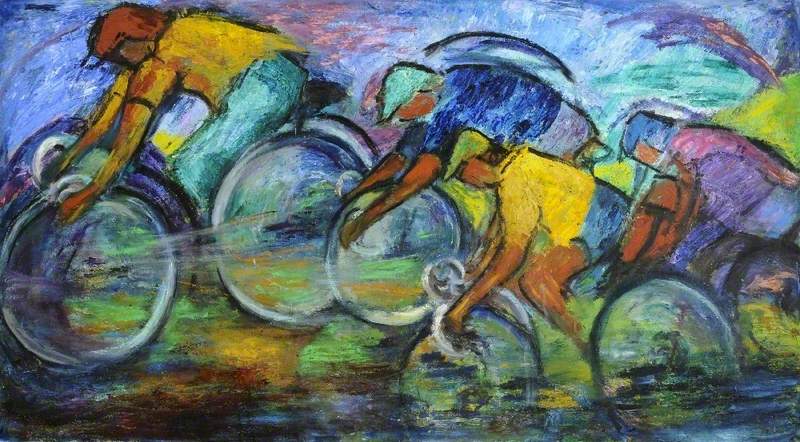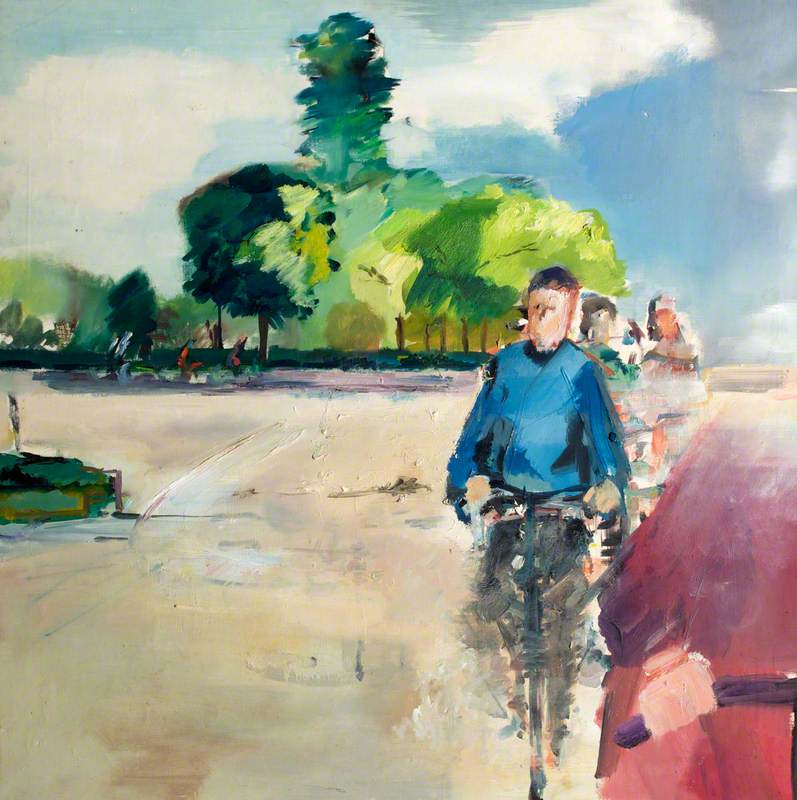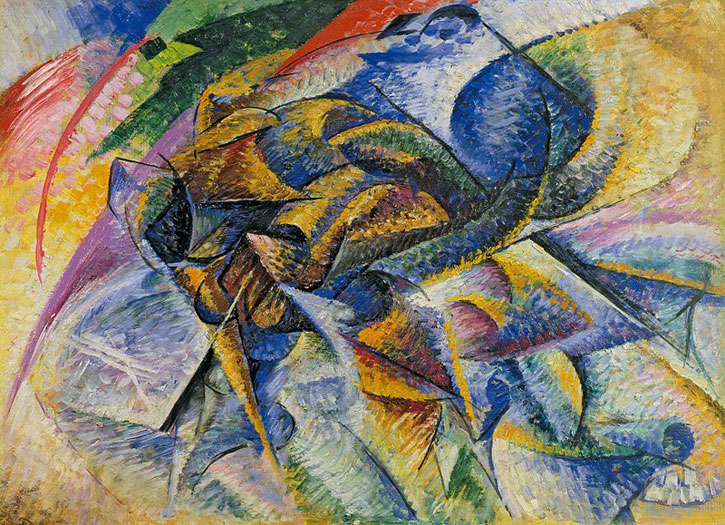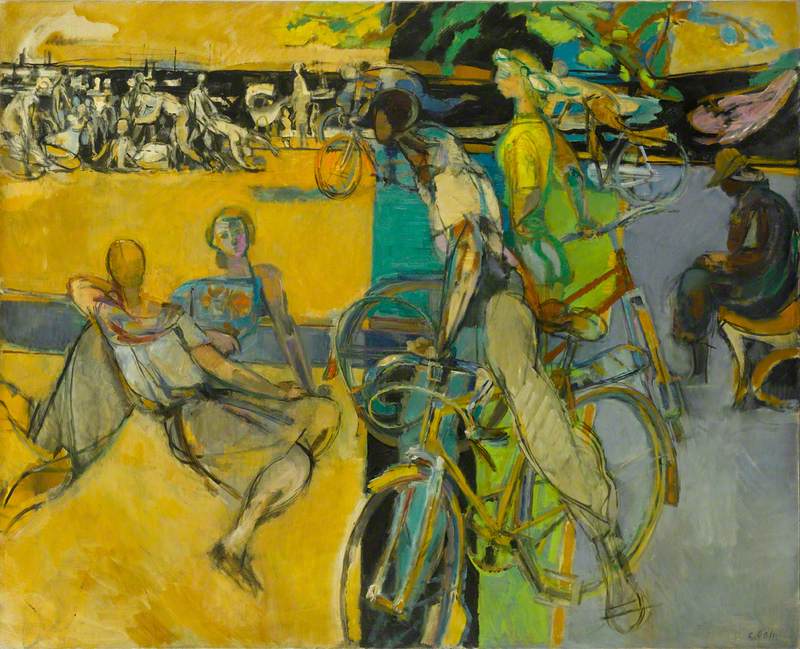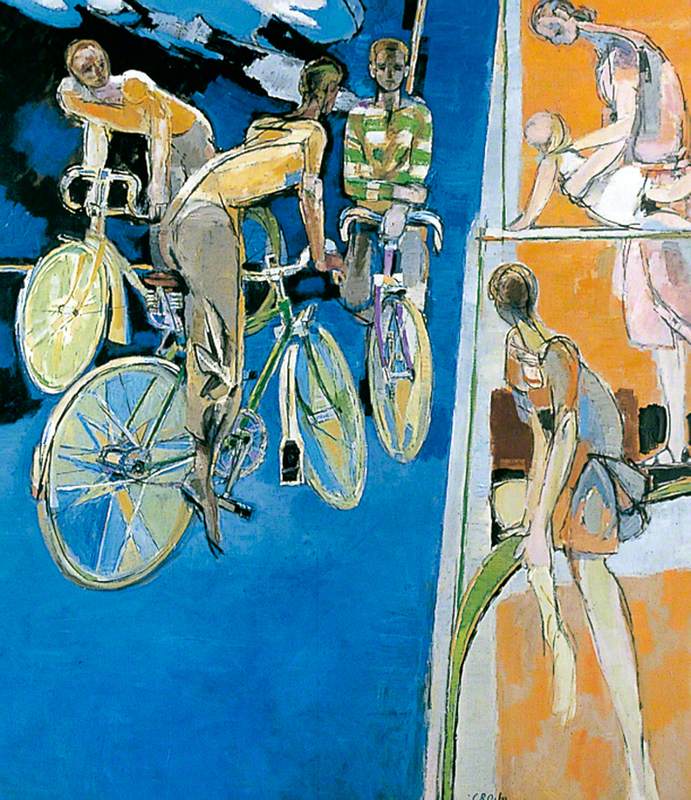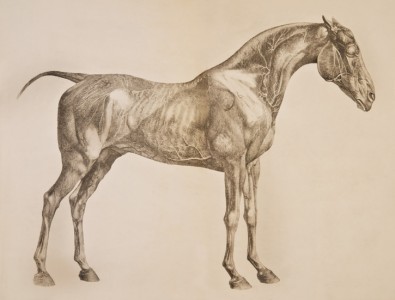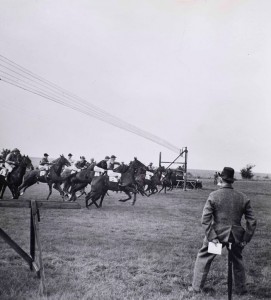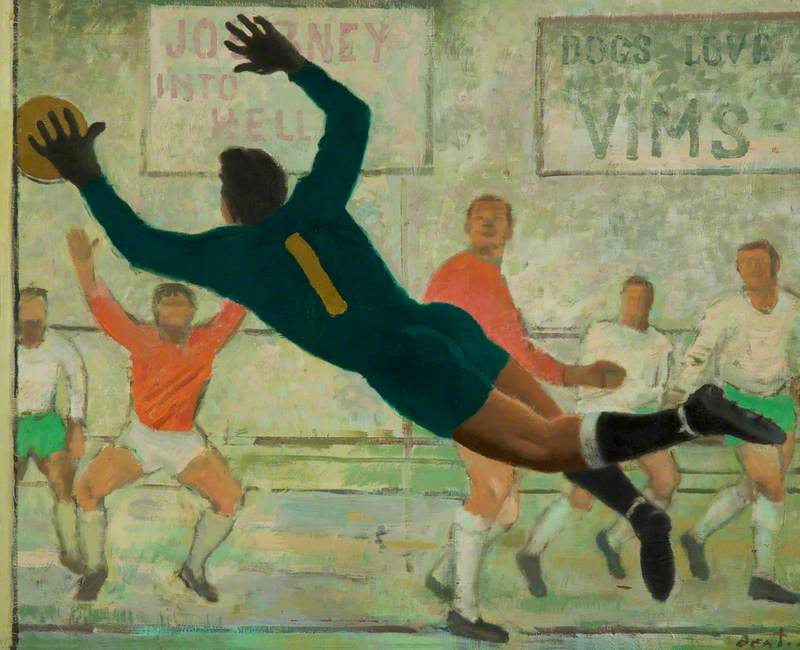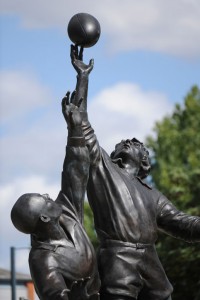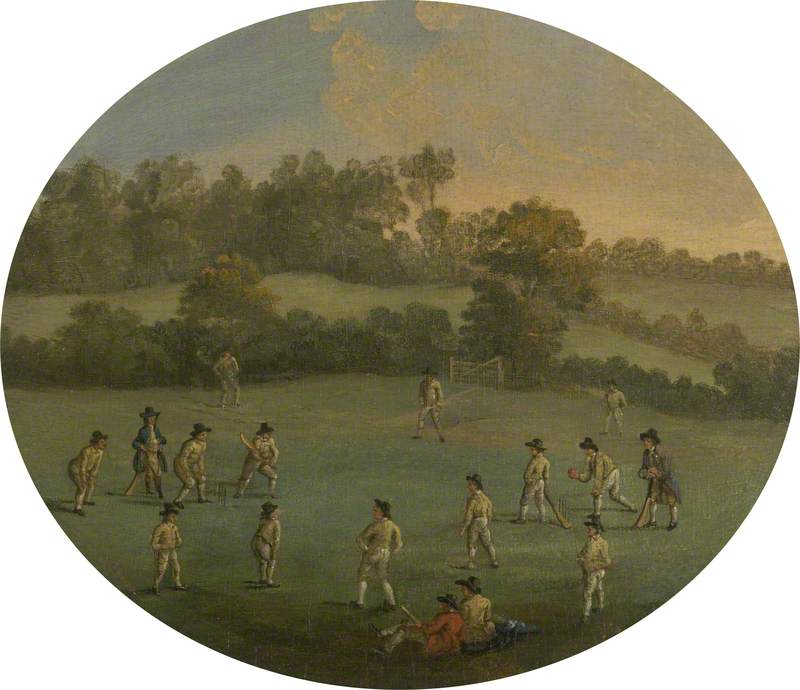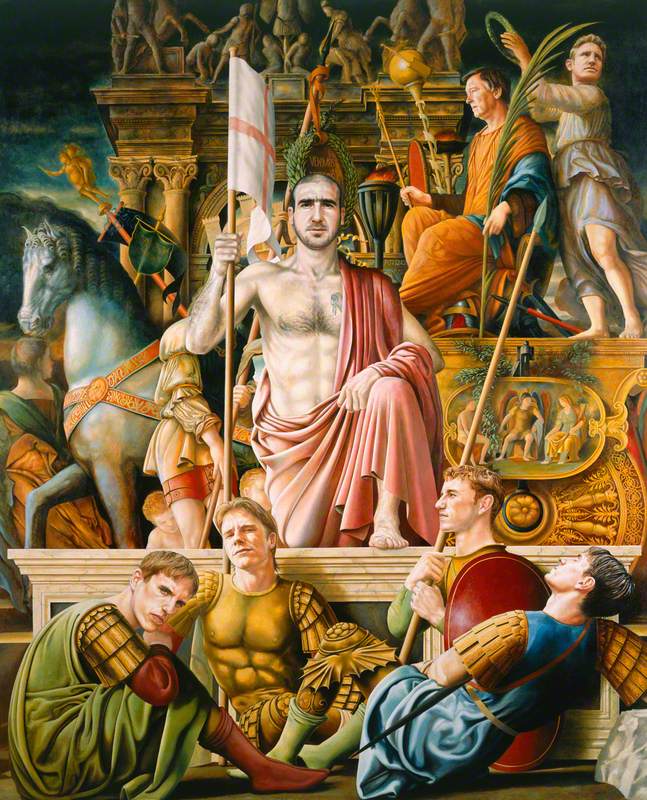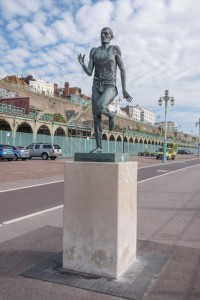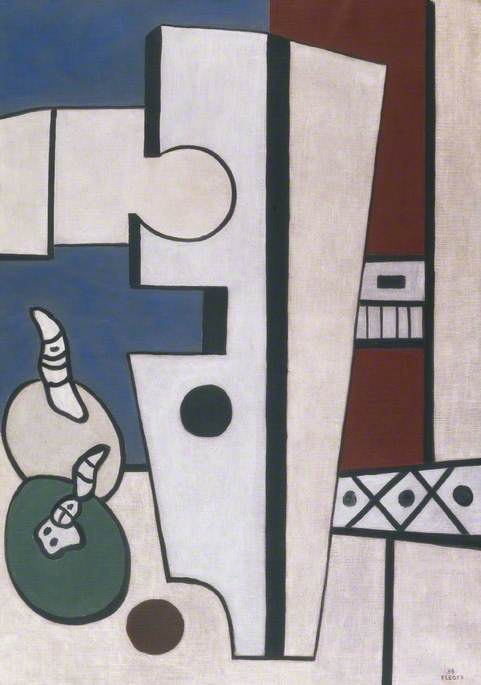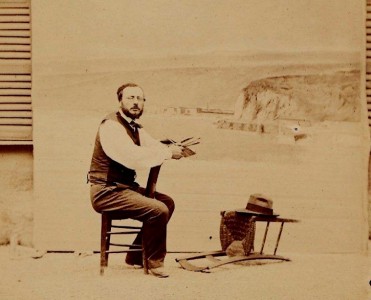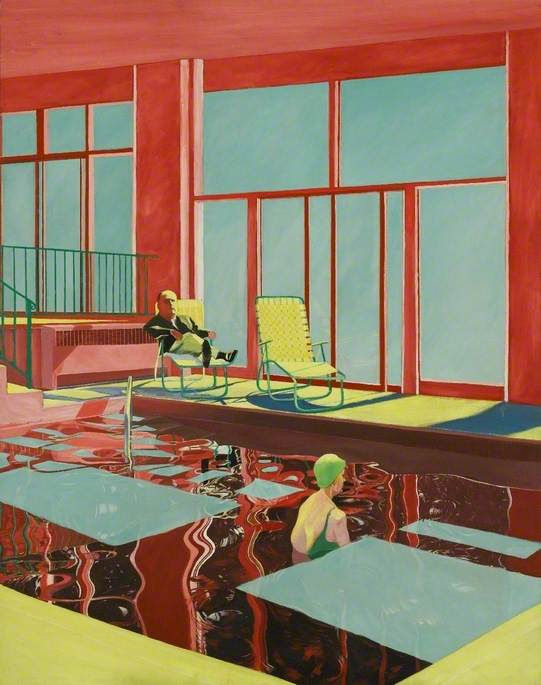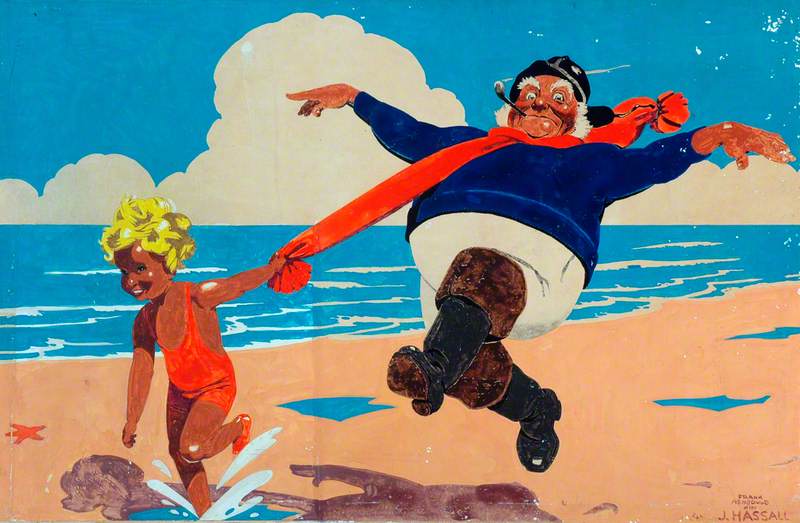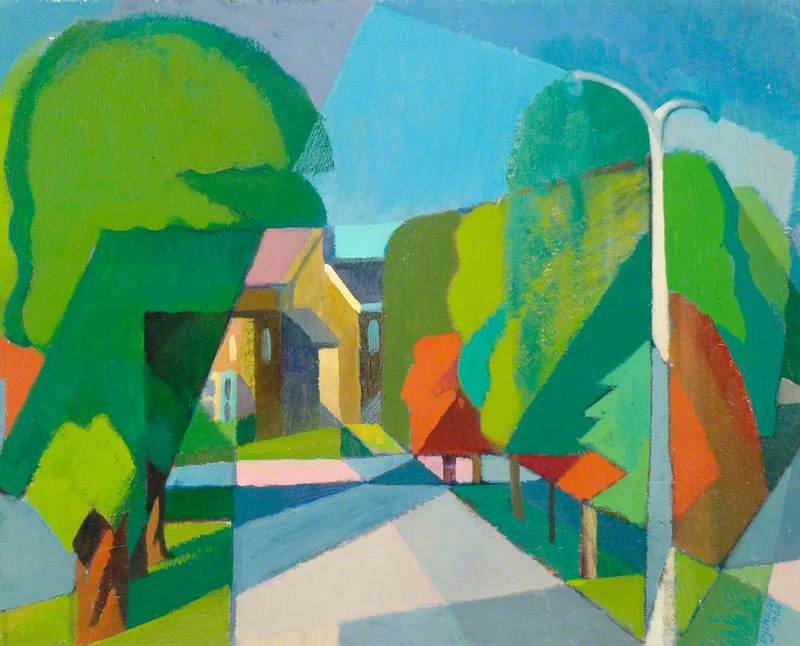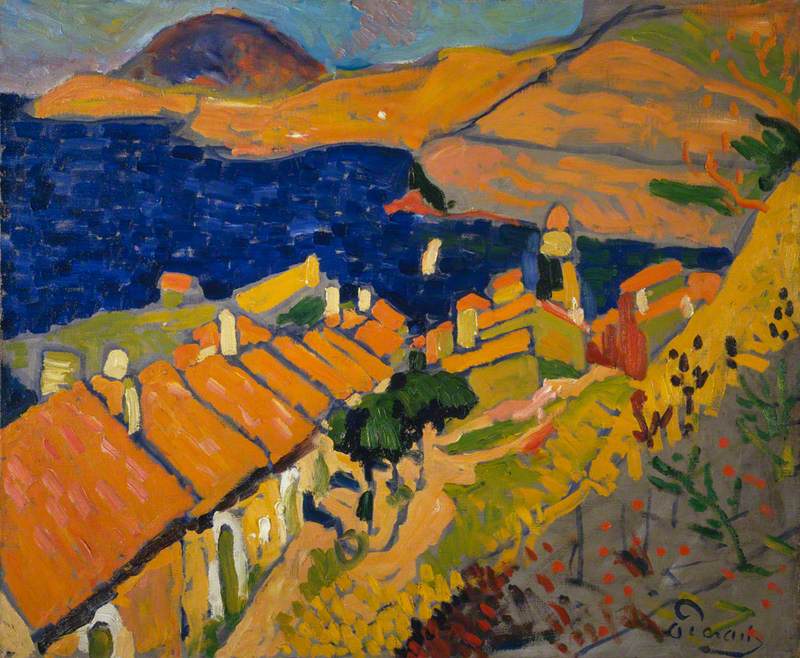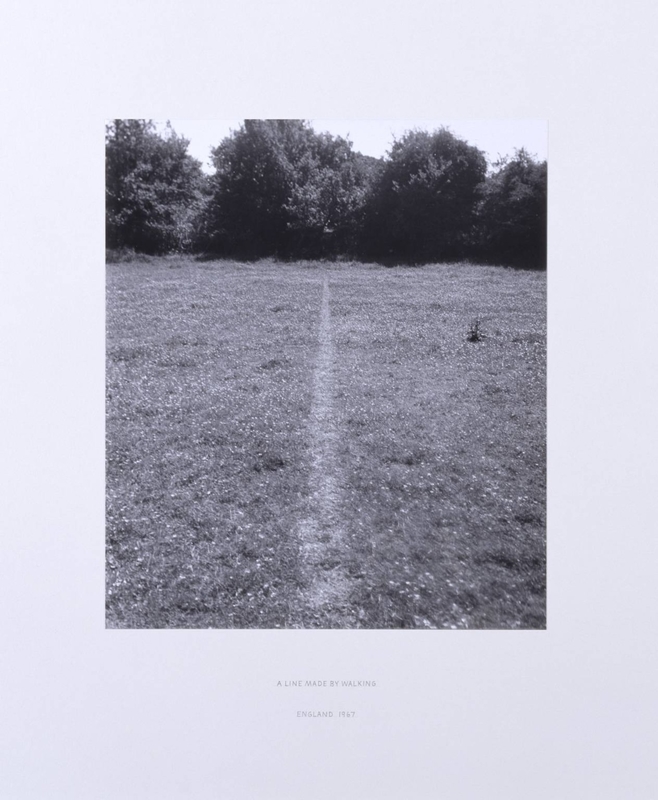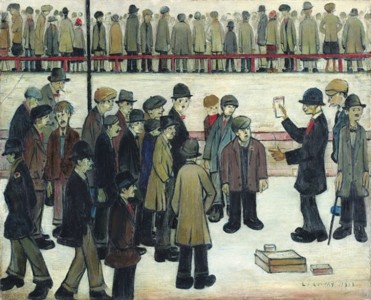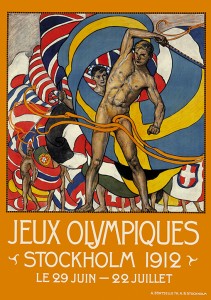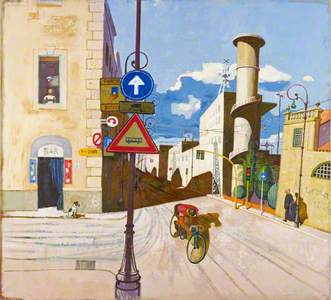'It never gets easier, you just go faster' – Greg LeMond, three-time winner of the Tour de France
Tomorrow sees the Grand Départ of the Tour de France. Or rather tomorrow should have seen the Grand Départ of the Tour de France for this year's renewal of the world's biggest cycling race has been postponed because of the Covid-19 pandemic.
Alongside the Giro d'Italia and the Vuelta a España, the Tour de France is one of cycling's triad of prestigious Grand Tours, the longest stage races in the men's road racing calendar. The Tour de France is the oldest of the three contests and the 107th edition will follow the same route in the late summer as it would have done now with 21 stages taking 176 riders on a 3,500-kilometre loop from the Promenade des Anglais in Nice to the Avenue des Champs-Élysées in Paris.
The Cyclist, Via Giolitti
2002
Leon Francesco Morrocco (b.1942) 
In The Rider, one of the best sports books ever written, Tim Krabbé argues that professional cyclists turn suffering into an art. Thousands of calories are expended during hours of daily training and stage races place especially gruelling demands on riders' bodies. This is just as true of the Tour de France as it is of the Giro Rosa – the only Grand Tour-equivalent race on the women's circuit – and the Tour of Britain.
The eight-day Tour of Britain dates back to the first British stage races which began soon after the Second World War. For many years it was sponsored by the Milk Marketing Board and the event gained widespread recognition as the Milk Race. In the 1980s the Milk Race was almost better known to British sports fans than the Tour de France and around it was constructed a domestic calendar of hard-fought one-day races like the Grand Prix of Essex and the Tour of the Cotswolds.
Although the national governing body for cycle sport has recently come in for sharp and sustained criticism over alleged bullying, unlawful discrimination and dysfunctional leadership, British cycling has been one of sport's great success stories of the last several years. Since the early 2000s male and female cyclists have medalled regularly on the track at the Summer Olympics and World Championships, mirroring the triumphs of their compatriots on the road.
The popularity of sport cycling in Britain has gone hand in hand with the rise and rise of utility and leisure cycling. In 2016 a Department of Transport survey confirmed that people were walking less often, but cycling further compared to ten years ago. At the time the survey was published in 2018 one in eight adults was cycling for some purpose at least once a week and the number of cyclists on Britain's roads is sure to increase as people seek out safer alternatives to travelling on public transport where social distancing is often impracticable.
In May 2020 The Guardian reported that a combination of quieter streets, more free time and good weather prompted a huge surge in bike sales. The Bicycle Association says that seven out of ten buyers are new or returning cyclists and hopes for a lasting change in travel choices got a further boost in May when the Secretary of State for Transport unveiled a £2bn package to put walking and cycling at the heart of the Government's new transport policy.
Cycling is convenient and inexpensive. It improves our physical and mental wellbeing, alleviates congestion on our roads and railways and reduces air and noise pollution. Added to which cycling is fun. Bicycles have emancipatory powers and it should come as no surprise that the subject of cycling has filtered through to the fine arts and popular culture.
Some of the finest depictions of cycling in painting come from the early years of the twentieth century. The things we associate with cycling – space, speed, modernity – held an irresistible fascination for Cubism and Futurism and between them, the two movements generated an abundance of cycle-shaped masterpieces, including Umberto Boccioni's Dynamism of a Cyclist, Jean Metzinger's At the Cycle-Race Track, Lyonel Feininger's The Bicycle Race and Natalia Goncharova's The Cyclist. All four artists shared a genuine enthusiasm for cycling, which is clearly evident in their work, and Metzinger and Feininger were keen amateur racing cyclists.
No British painter has ever scaled the cycling summits to quite the same extent as the Cubists and Futurists, but Robert Medley came close in a series of paintings from the early 1950s. Medley was captivated by the movement of human figures in space and Summer Eclogue is one of several canvases showing parties of weekend cyclists in Kent. The painting displays an expert treatment of bodies in motion while Medley's use of the word eclogue – an ancient form of pastoral poem – transforms the scene into a timeless Arcadian moment.
'What makes Medley's work so rewarding and unusual is its dexterity,' wrote the critic John Berger. 'Dexterity in its strict sense refers to an inborn or acquired skill in dealing with or being at home with the tangible. Something close to the fingertips. Dexterity also implies panache, a quality of gesture. One can think of the cast of a master fly-fisherman. The stance of a prodigious violinist. The aim from the shoulder of a champion billiard player. Medley's paintings have the concentration and elegance of such performances.'
In their touch and sophistication, Medley's paintings bear comparison with the post-war work of some of Britain's most distinctive artists, none more so than Peter Lanyon. Lanyon, like Medley, was drawn to bodies in motion. His wildly vertiginous landscapes were famously informed by his experiences as a glider pilot, but they also reflect his passion for the earthier pleasures of walking and cycling.
The debt to cycling is there for all to see in Bicyclist in Penwith, but the parts of a bicycle might also be discerned in one of Lanyon's best-loved works. Porthleven was painted for the Arts Council of Great Britain exhibition '60 Paintings for '51' from where it was purchased by the Contemporary Art Society and presented to the Tate Gallery. The composition was developed with the help of five constructions in metal, wood and glass; in a letter in Tate Archive Lanyon described these constructions as experiments to establish the illusion and content of space in the painting. 'At the time of the Porthleven,' he said, 'I had not evolved a way of developing an image in my mind and [I] had to explore it in actual space before painting it.'
Lanyon later identified a human presence in the work, reading the shape on the left as a fisherman with a lamp and the shape on the right as the fisherman's wife wrapped in a shawl. Is it too much of a stretch to see a further human presence in the wheels and frame of a bicycle – belonging perhaps to the fisherman or his wife – in the lower half of the painting?
After weeks of lockdown, all of us have been itching to get outside and I have just begun exploring the landscape again on long rides into the Suffolk countryside, soaking up its enjoyments from the saddle of a bike. Interviewed after winning the Road World Championships in Switzerland in 2009, the superb Australian cyclist Cadel Evans described such life-affirming moments with exquisite precision: '[A bicycle] is a simple machine that conjures a vast mix of emotions. [Cycling] can evoke the senses and raise the spirits of people who watch. For those who ride it can seem like the perfect vehicle for transport... Cycling throws up plenty of obstacles, unknown territory, high-speed split-second considerations. Where to next? What's around the next corner? Who cares? You're flying!'
Paul Bonaventura, independent producer and curator
For that pioneering photographer-cyclist John Riddy. And apologies to Rob Penn for stealing the title of his excellent book.

